Gardening is more than just a hobby; it’s a rewarding way to connect with nature, reduce your grocery bills, and enjoy fresh, organic produce. Growing a vegetable garden may seem daunting at first, but with the right strategies, anyone can achieve a thriving, productive garden.
In this comprehensive guide, we’ll walk you through the key steps to growing a successful vegetable garden, offering tips to maximize your harvest and avoid common pitfalls.
1. Optimal Sunlight Exposure
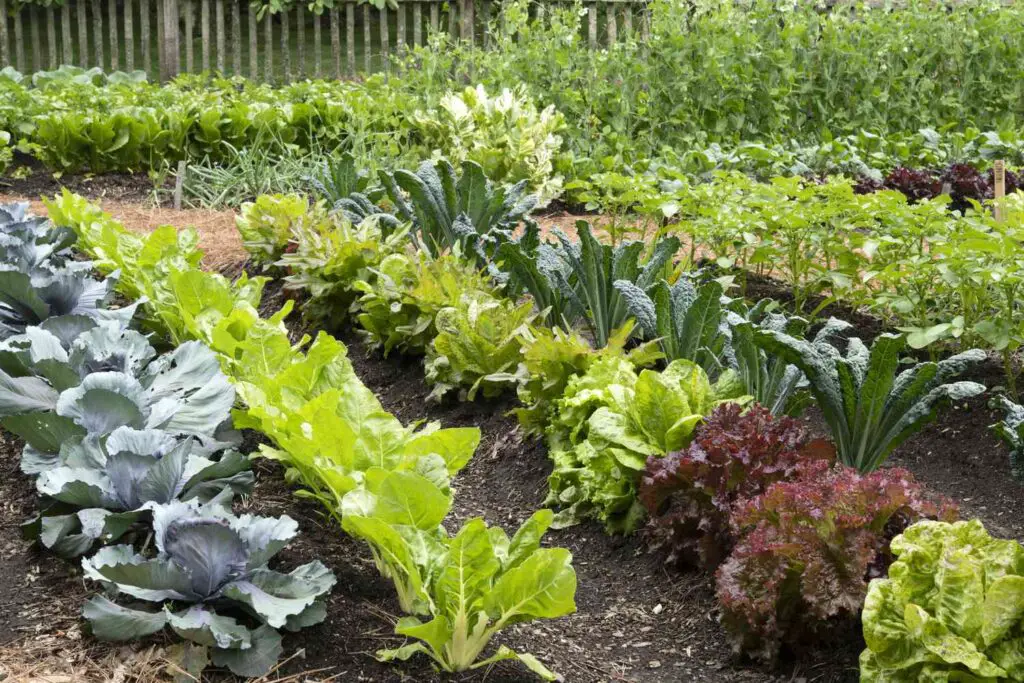
Vegetables thrive on sunlight, and choosing the right location is critical to their success.
Why Sunlight Matters: Most vegetables require at least six to eight hours of direct sunlight daily. Sunlight fuels photosynthesis, which provides the energy plants need to grow and produce fruits.
Positioning Your Plants: Place taller crops like corn, pole beans, and indeterminate tomatoes on the north or west side of your garden. This prevents them from shading smaller plants such as lettuce, radishes, and carrots. Proper placement ensures that every plant gets its fair share of sunlight.
Pro Tip: If your garden gets partial sunlight, choose crops that tolerate shade, such as leafy greens, spinach, and herbs like parsley.
2. Soil Quality: The Foundation of Your Garden
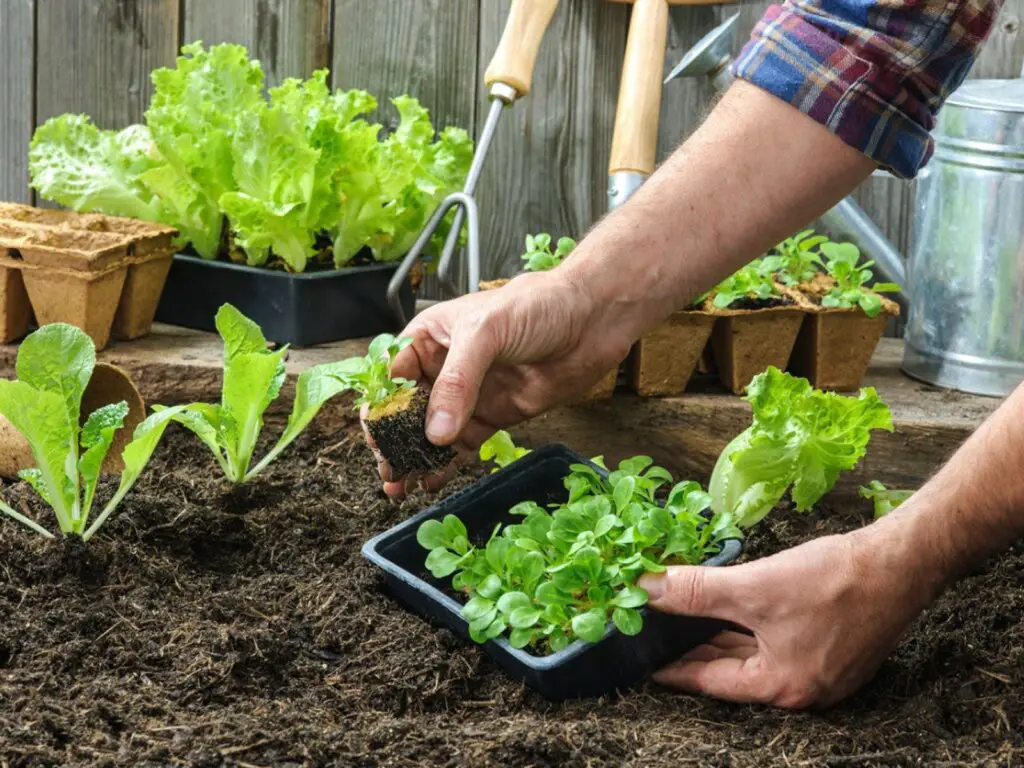
Healthy soil is the cornerstone of a productive vegetable garden. Without nutrient-rich soil, plants struggle to thrive.
Testing Your Soil: Start by testing your soil’s pH and nutrient levels. Most vegetables prefer a slightly acidic to neutral pH (around 6.0 to 7.0). Testing kits are readily available online or at garden centers.
Improving Soil Health: Enrich your soil with organic matter like compost, aged manure, or decomposed leaves. These additions boost nutrients, improve drainage, and encourage beneficial microorganisms.
Soil Texture: The ideal soil should be crumbly and well-aerated. Squeeze a handful of soil: it should form a loose clump but crumble easily when disturbed. This balance allows roots to grow freely and absorb water efficiently.
Pro Tip: Rotate your crops each season to prevent soil depletion and reduce the risk of disease.
3. Efficient Watering: The Lifeblood of Plants
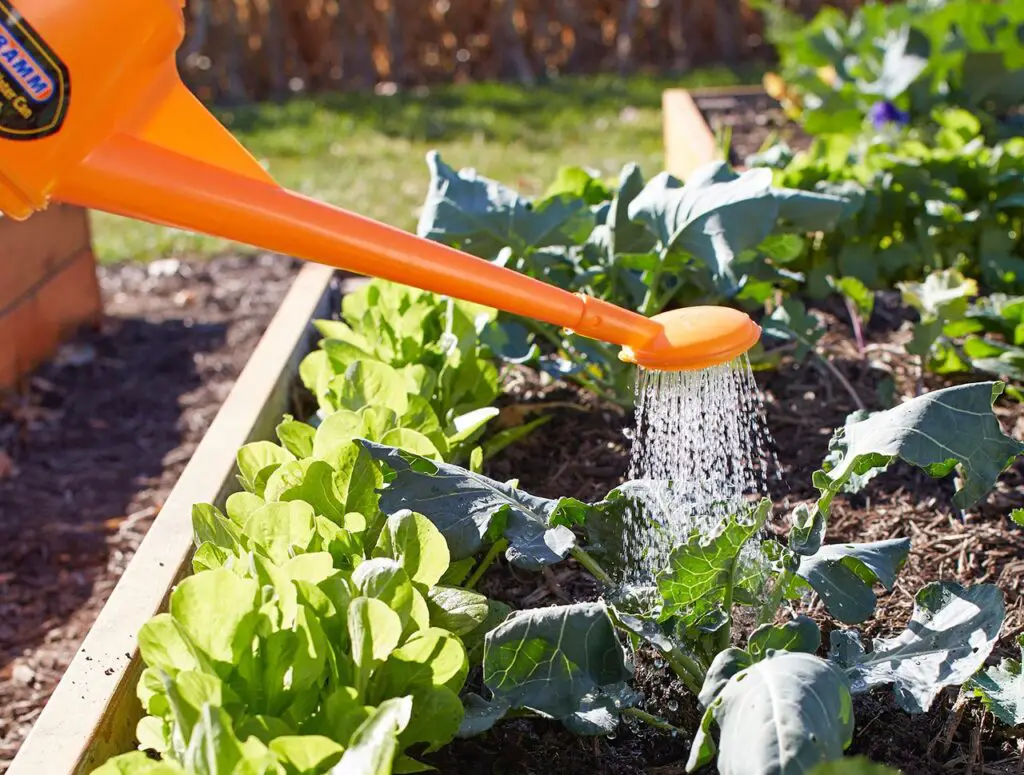
Watering is a crucial aspect of gardening, but overwatering or underwatering can harm your plants.
How Much Water Do Vegetables Need? Most vegetables need about one inch of water per week, including rainfall. This ensures the soil remains moist but not soggy.
Irrigation Systems: Soaker hoses and drip irrigation systems are excellent choices for delivering water directly to the roots. These methods minimize water waste and prevent wet foliage, which can lead to fungal diseases.
Timing Matters: Water your garden early in the morning to reduce evaporation and give plants time to dry before evening. Wet leaves overnight can attract pests and diseases.
Pro Tip: Mulch your garden beds to retain moisture and reduce the frequency of watering.
4. Mulching: Protect and Nourish Your Plants
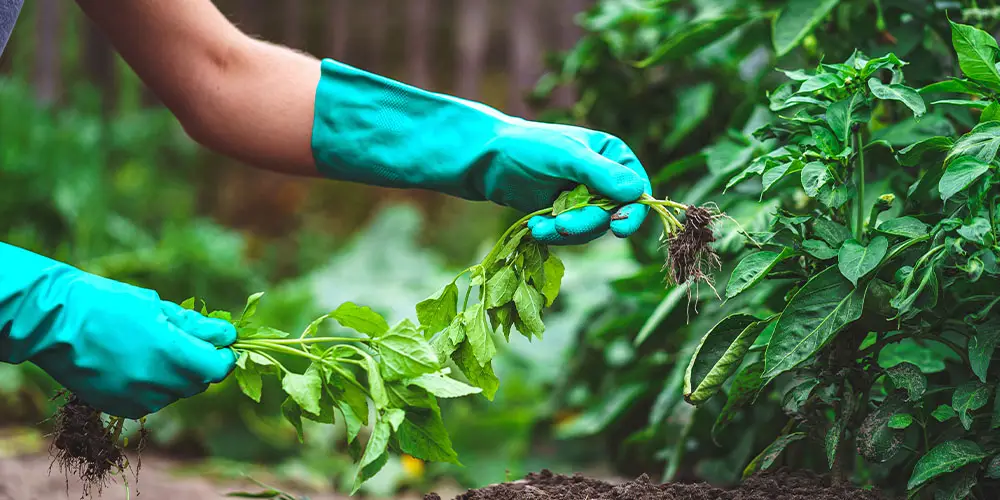
Mulch is a gardener’s secret weapon. It’s not just about aesthetics; it offers several practical benefits.
What is Mulch? Mulch is any material spread over the soil surface to conserve moisture, suppress weeds, and regulate temperature. Organic mulches like straw, shredded leaves, and wood chips also break down over time, enriching the soil.
How to Apply Mulch: Spread a three-inch layer of organic mulch around your plants, making sure not to pile it against the stems. This prevents rot and allows air to circulate.
Benefits of Mulch: Besides moisture retention and weed suppression, mulch protects soil from erosion and prevents temperature fluctuations that can stress plants.
Pro Tip: Verify the source of your mulch to ensure it’s free from harmful chemicals or pesticides.
5. Pest Management: Protecting Your Hard Work
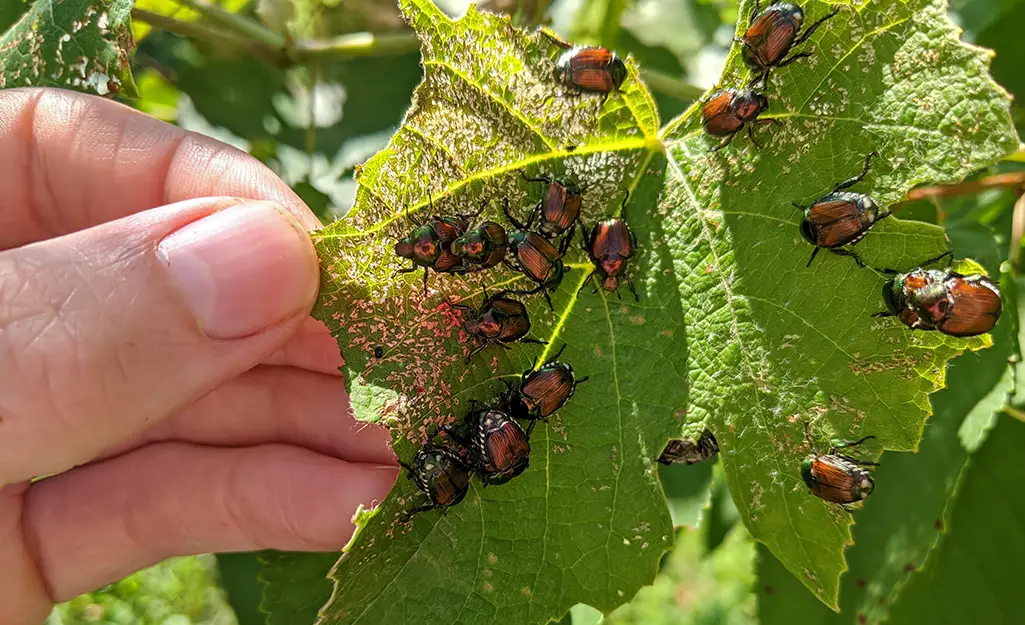
Every gardener encounters pests, but they don’t have to ruin your harvest.
Identify the Pests: Common vegetable garden pests include aphids, caterpillars, slugs, and squash bugs. Learn to identify them early to take appropriate action.
Encourage Beneficial Insects: Ladybugs, lacewings, and spiders are natural predators that help control harmful pests. Plant flowers like marigolds and dill to attract these helpful insects.
Natural Pest Control: Use organic methods such as neem oil, insecticidal soaps, or hand-picking pests off plants. These solutions are safe for your garden and the environment.
When to Use Pesticides: If infestations become severe, apply insecticides responsibly. Spray in the late evening to avoid harming pollinators like bees.
Pro Tip: Healthy plants are more resilient to pests. Focus on maintaining good soil and proper watering practices to keep your plants strong.
Related Topics:
6. Avoiding Common Gardening Mistakes
Even seasoned gardeners make mistakes, but learning from them can help you grow better.
Planting Too Early: Many vegetables are sensitive to cold. Wait until the danger of frost has passed before planting.
Overcrowding Plants: Give your vegetables enough space to grow. Overcrowding can lead to competition for nutrients and increased susceptibility to disease.
Neglecting Weeds: Weeds compete with your vegetables for nutrients and water. Regularly remove weeds to keep your garden healthy.
Ignoring Plant Labels: Pay attention to plant labels or seed packets for specific growing requirements. Proper spacing, sunlight, and soil preferences make a big difference.
7. Harvesting: Reaping the Rewards of Your Efforts
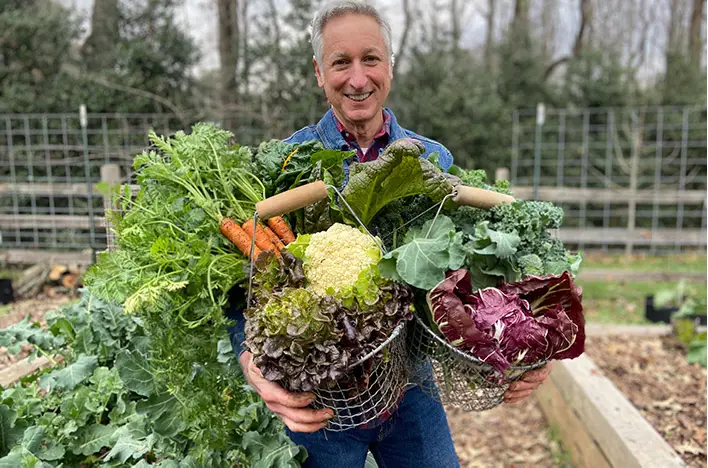
Knowing when and how to harvest is as important as planting and nurturing your vegetables.
Timing is Key: Harvest vegetables at their peak ripeness for the best flavor and texture. For example, cucumbers should be picked when firm and dark green, while tomatoes should have a bright, even color.
Use the Right Tools: Use sharp scissors or pruning shears to avoid damaging plants. Pulling or twisting can harm the stems and roots.
Frequent Harvesting: Many vegetables, such as zucchini and beans, produce more when harvested frequently. Leaving mature fruits on the plant can signal it to stop producing.
Pro Tip: Keep a garden journal to track planting dates and estimated harvest times.
Conclusion: Cultivate a Bountiful Garden
Growing your own vegetable garden is a fulfilling experience that offers fresh, delicious produce and a sense of accomplishment. By following these practices—choosing the right location, improving soil quality, watering efficiently, mulching, managing pests, and avoiding common mistakes—you can set yourself up for gardening success.
Remember, every garden is unique, so take the time to observe and adapt as you go. With patience and care, your garden will not only thrive but also become a source of joy and pride.
Happy gardening!
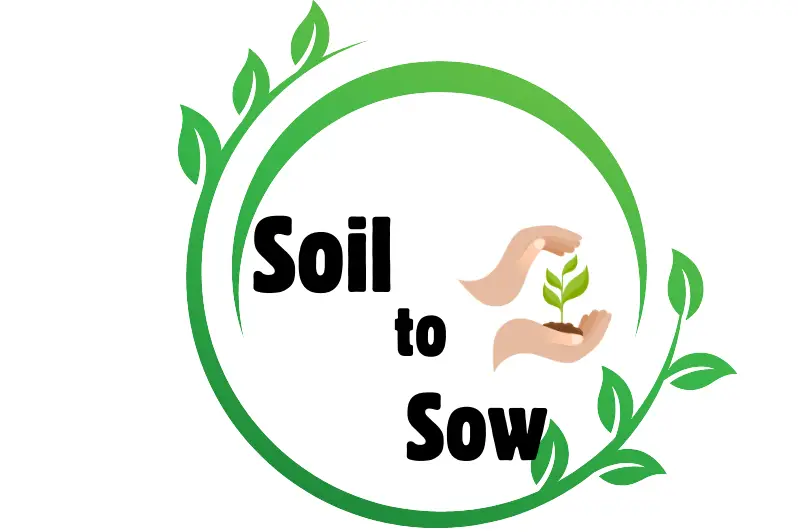
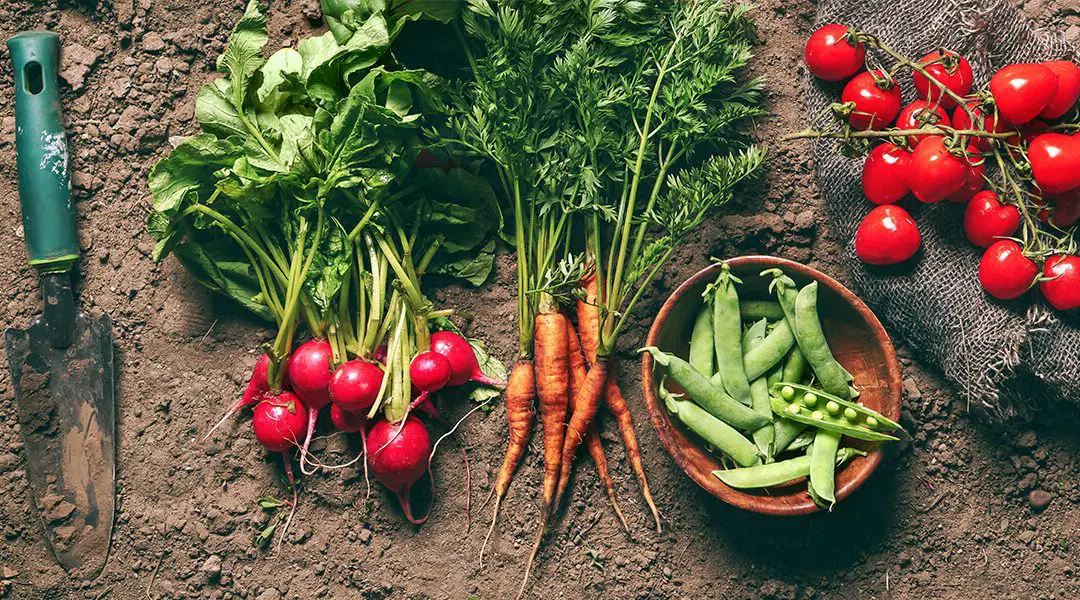
2 thoughts on “Tips for Growing the Perfect Vegetable Garden”